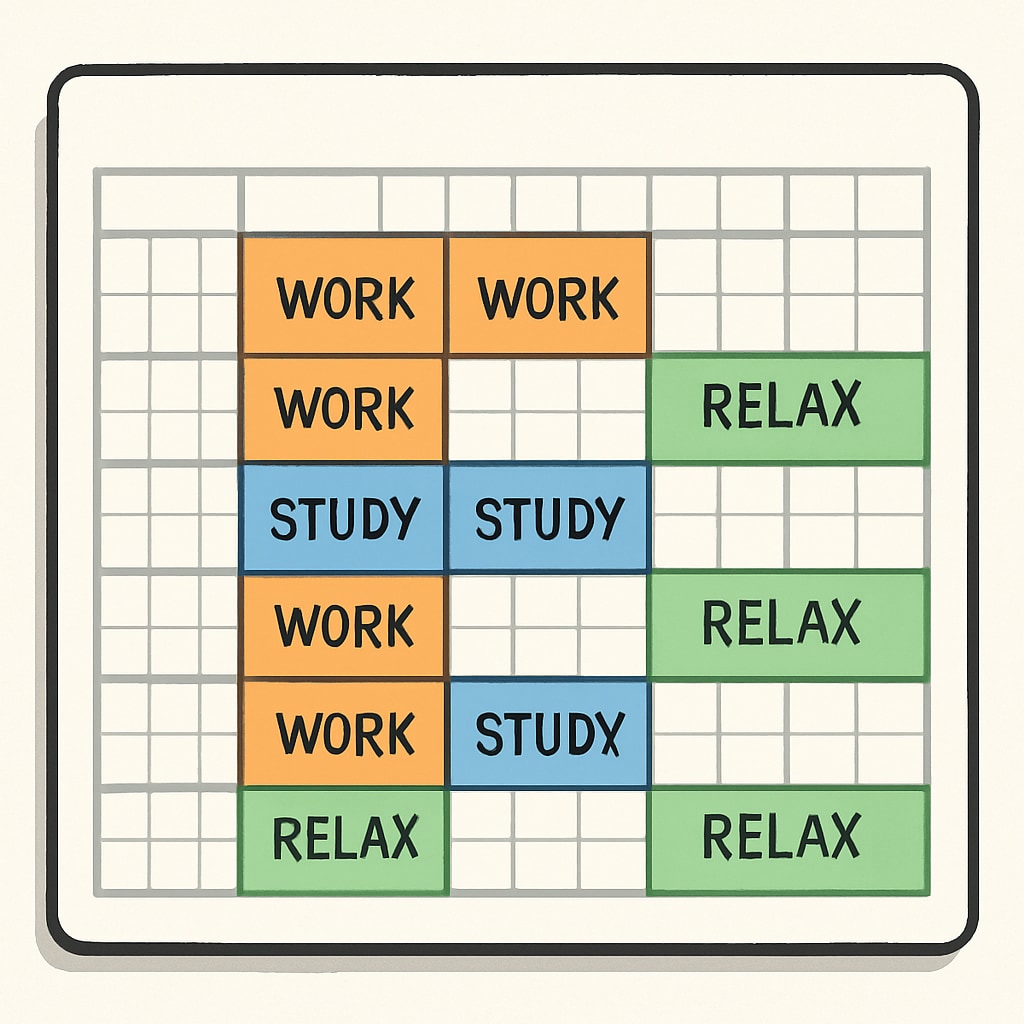Balancing high school jobs, academic responsibilities, and summer employment can seem like a daunting task for many students and their families. With a 10-week summer break offering both opportunities and challenges, it’s crucial to find a way to manage work while still making time for academic growth and personal development. This article discusses the benefits and drawbacks of summer jobs for high school students, along with actionable strategies to strike the right balance during the break.
The Pros and Cons of Summer Jobs for High School Students
High school students often view summer employment as a chance to earn money, gain valuable experience, and explore potential career interests. However, working during the summer comes with its own set of challenges. Weighing the pros and cons can help students and parents make informed decisions.
- Pros: Summer jobs can teach responsibility, time management, and teamwork. They offer students a taste of real-world expectations and help them build independence.
- Cons: Overworking can lead to burnout, leaving little time for academics, hobbies, or relaxation. Poor time management may negatively impact students’ readiness for the upcoming school year.
As a result, it’s important for students to carefully plan their summer schedules to maximize the benefits of a job while minimizing potential downsides.

Time Management: The Key to Balancing Work and Academics
Effective time management is the cornerstone of balancing a summer job with academic enrichment and leisure activities. Here are some practical tips to help students stay on top of their responsibilities:
- Set priorities: Determine the primary goal for the summer—whether it’s earning money, preparing for college, or building skills—and allocate time accordingly.
- Create a schedule: Plan out a weekly calendar that includes work hours, study sessions, and downtime. Tools like Google Calendar or a physical planner can help keep everything organized.
- Limit work hours: Aim for part-time positions that allow flexibility, such as weekend or evening shifts, to leave room for other activities.
By staying organized and setting boundaries, students can ensure they reap the rewards of summer jobs without neglecting their academic and personal growth.

Choosing the Right Summer Job
Not all jobs are created equal, and selecting the right one can make a significant difference in achieving a healthy work-life balance. When evaluating potential positions, students should consider the following factors:
- Flexibility: Jobs with adjustable hours, such as babysitting or freelance work, allow students to adapt their schedules as needed.
- Relevance: Look for positions that align with future career interests or academic goals, such as internships or volunteer opportunities in a related field.
- Location: Nearby jobs reduce commute time, giving students more hours for other priorities.
For example, a student interested in a healthcare career might benefit from a volunteer role at a hospital, while another passionate about technology could explore internships in IT. Choosing a meaningful job can turn summer employment into an enriching experience.
Involving Parents in the Decision-Making Process
Parents play an essential role in guiding students through the process of balancing work and academics. Open communication is key to ensuring students make decisions that are both practical and goal-oriented. Parents can help by:
- Providing insights about the pros and cons of working during the summer.
- Helping students evaluate their priorities and set realistic goals.
- Monitoring their workload to prevent burnout or excessive stress.
Encouraging dialogue between students and parents fosters a supportive environment, allowing students to make confident and informed choices about their summer plans.
Ultimately, achieving balance between high school jobs, academic responsibilities, and summer employment requires careful planning and self-awareness. By setting clear goals, managing time effectively, and choosing the right opportunities, students can enjoy a productive and fulfilling summer break.
Readability guidance: Use short paragraphs and lists to summarize key points. Maintain a conversational yet professional tone, and incorporate transition words to enhance flow and readability.


